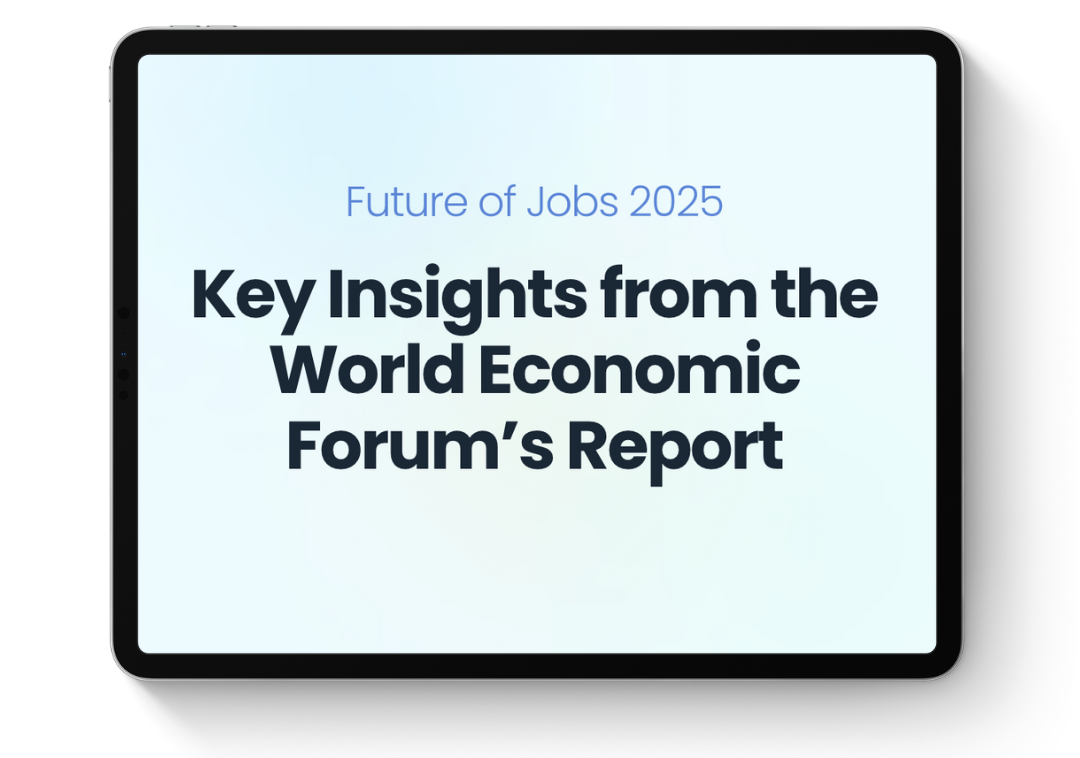Frictionless collaboration isn’t luck—it’s the result of clear rules, smart tools, and aligned expectations.
Why hybrid collaboration often stumbles at the start
Distributed teams with internal employees and external talent are the new normal. Many companies regularly use freelancers for projects—and the share keeps growing. Yet too many initiatives stall before they gain momentum. The problem isn’t talent. It’s structure.
When freelancers are treated like “guests,” they lack access, context, and commitment. The outcome: delays, misunderstandings, and extra work for everyone.
What successful teams do differently
Organizations that master hybrid work use a clear collaboration framework—technical, organizational, and cultural. They don’t add external experts as an afterthought; they bring them in—structured, guided, aligned. Three principles matter most:
- Clear roles, clear rules: who does what, when, with whom—and why.
- Seamless tech stack: tools that enable access instead of creating hurdles.
- Shared expectations: what “done” means, how success is measured, what is non-negotiable.
The 5 key levers of hybrid collaboration
1) Unified onboarding for everyone
Internal or external—everyone must be productive fast. The expectation: Day One = Ready to Work. That requires compact, structured onboarding—not scattered PDFs, but systematic access to:
- relevant systems & repositories
- team introductions & touchpoints
- project context & deliverables
Pro tip: Automated workflows via a Freelance Management System (FMS) save time and reduce errors.
2) Tooling—not patching
Slack invite from a hiring manager. Zoom link by email. Jira access two days later. That’s improvisation—not integration. To embed external talent, you need an aligned collaboration stack.
| Function | Tooling |
|---|---|
| Communication | Slack / Microsoft Teams |
| Project management | Jira / Asana / Trello |
| Documentation | Notion / Confluence |
| Time tracking | Harvest / FMS-integrated |
| Access management | Okta / 1Password / Admin portal |
3) Clearly defined deliverables
Replace “Help with the launch” with “By July 12, ship three landing pages incl. SEO brief and A/B test plan.”
In distributed teams, explicit specs are critical—especially for freelancers: scope, format, owner, feedback cycles. Document where the work happens—not buried in email threads.
4) Rhythm over micromanagement
Hybrid work runs on trust—not surveillance. Still, collaboration needs structure—a shared cadence such as:
- weekly standups with status updates
- Monday check-ins
- bi-weekly reviews with partial deliverables
External experts should join these forums as equal team members.
5) Transparent performance metrics
What’s delivered? How reliably? In what timeframe? For CFOs and procurement, this isn’t just reporting—it’s the basis for budget control. If you plan to scale hybrid work, you need real-time visibility into output and spend.
A platform like WorkGenius provides these insights by default:
- Time-to-hire: up to 4× faster than traditional processes
- Overhead reduction: up to 86%
- Spend visibility: 100% in real time
Putting it into practice
Integrated teams don’t happen by intention—they happen by process. A compact approach to make hybrid collaboration scalable:
- Define freelance use cases: which tasks/projects make sense externally?
- Consolidate your toolchain: what’s essential, what creates clarity?
- Standardize workflows: onboarding, comms, feedback—ideally automation-backed.
- Create commitments: response times, documentation, approvals.
- Track performance: goals, KPIs, reviews—data over gut feel.
Set up once, and you can manage hundreds of externals without chaos—while unlocking more from your internal teams.
Conclusion: frictionless happens only by system
The advantages are obvious: access to expertise, flexible resourcing, faster delivery. But only if freelancers are embedded like core contributors—systemically, technically, and organizationally. Clarity, process, and transparency aren’t “nice to have.” They’re the foundation.
WorkGenius helps you scale exactly that—with AI-driven matching, a centralized platform stack, and full spend visibility. So your teams ship faster—with fewer friction losses.














































